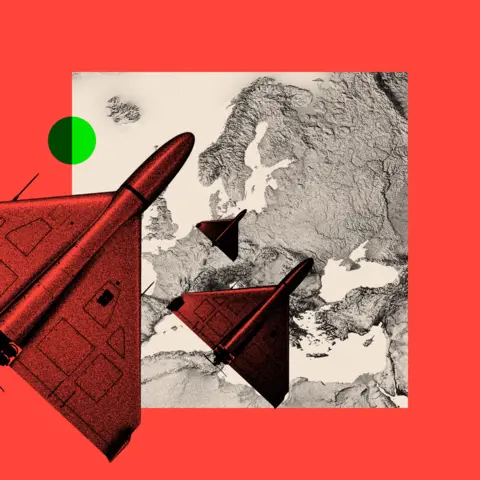Rising Drone Threats in Europe: A New Realm of Security Concerns

Mysterious drones have started appearing at airports and military bases across Europe. Unarmed, yet unsettling, these drones have sparked fears of hybrid warfare tactics associated with Russia. Sightings have increased in Poland, Belgium, and Denmark, coinciding with military tensions following Russia's invasion of Ukraine. Some experts believe this could be a strategy to test the western nations’ responses, particularly those supporting Ukraine.
In particular, an incident on September 9 saw around 20 Russian drones overshoot Ukraine and enter Poland, highlighting the vulnerability of NATO airspace. This significant breach led to extensive emergency protocols and fueled discussions on establishing a drone wall for better aerial defense across Europe.
European leaders are contemplating a coordinated defense system to thwart such incursions. Prototypes involving integrated sensors, radars, and jamming mechanisms to address both low and high altitude threats are under consideration. However, experts caution that creating an impenetrable wall is an unrealistic endeavor.
Moreover, as Europe grapples with financial implications of such defense setups against a backdrop of traditional warfare, the complexities of funding emerge.
Financial discussions intertwine with ongoing debates about releasing frozen Russian assets to bolster Ukraine’s defenses, raising questions about the motivations behind these mysterious drone activities.
In areas like Belgium, home to key NATO installations, the presence of unidentifiable drones stirs worries not only from aviation safety perspectives but also over possible espionage and surveillance tactics.
While the rollout for an anti-drone system is projected for the end of 2027, adapting to evolving drone threats will be challenging. Experts argue for an approach that targets the launch sites of these drones as part of a comprehensive security strategy, emphasizing the importance of proactive measures in deterring aerial threats.

















